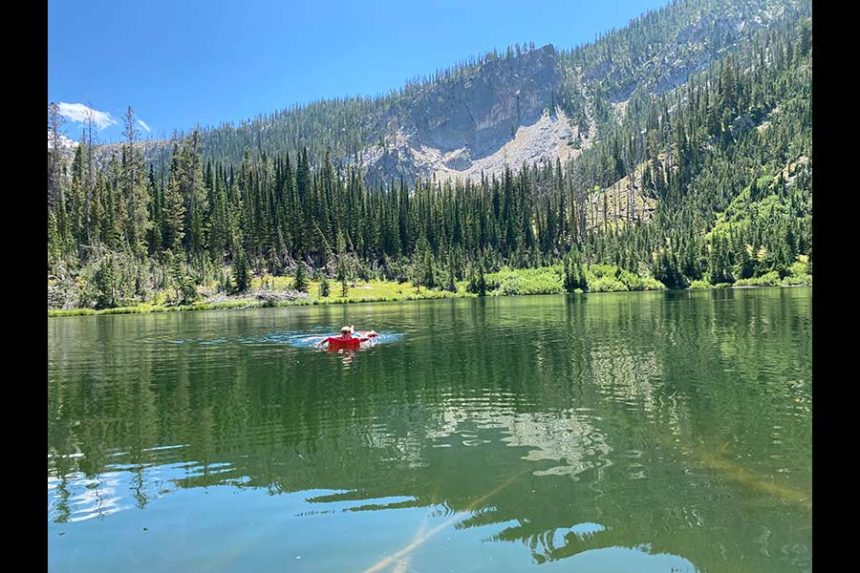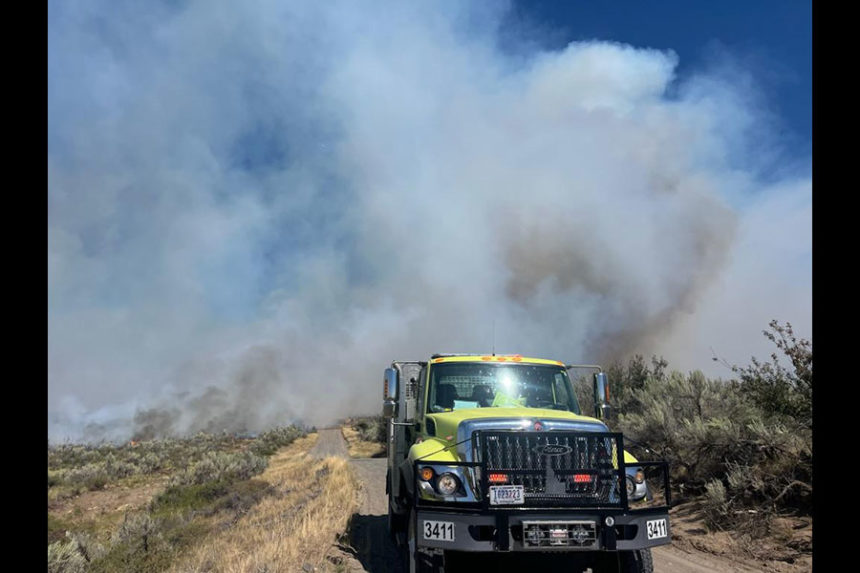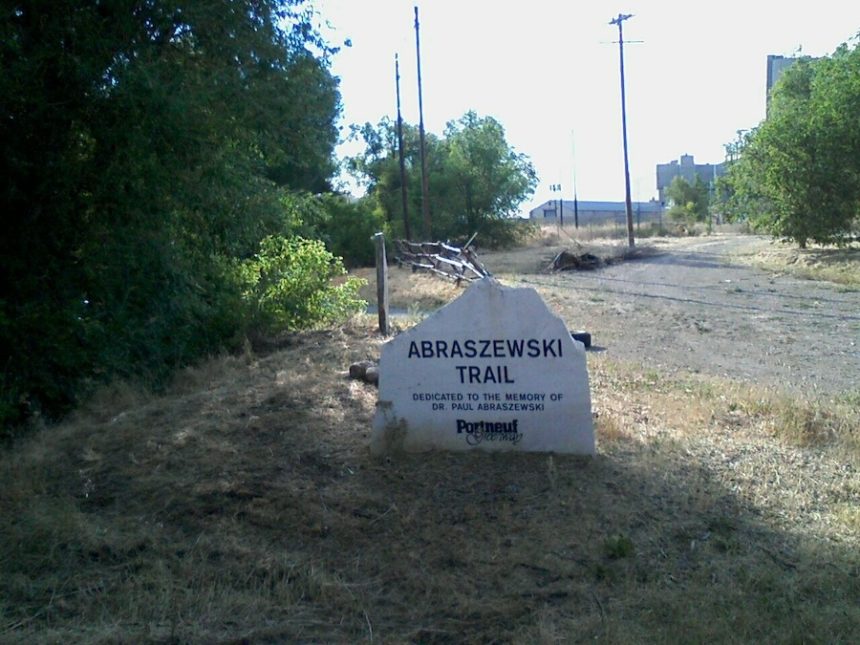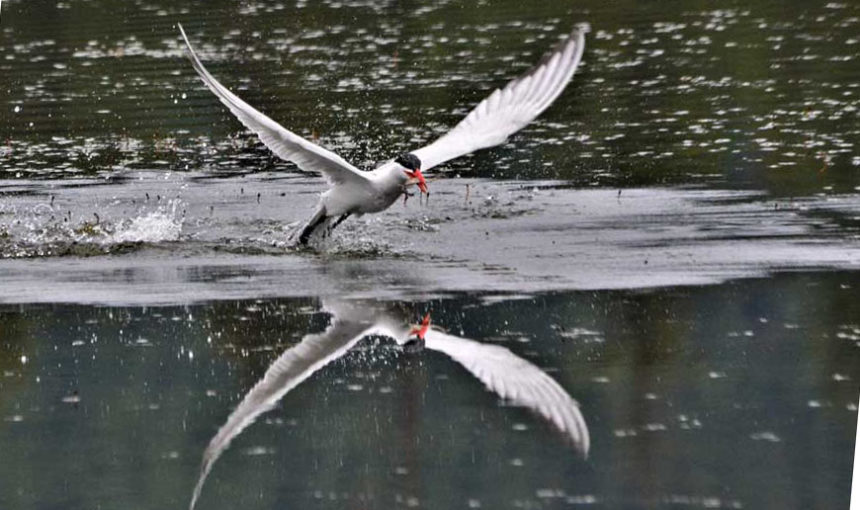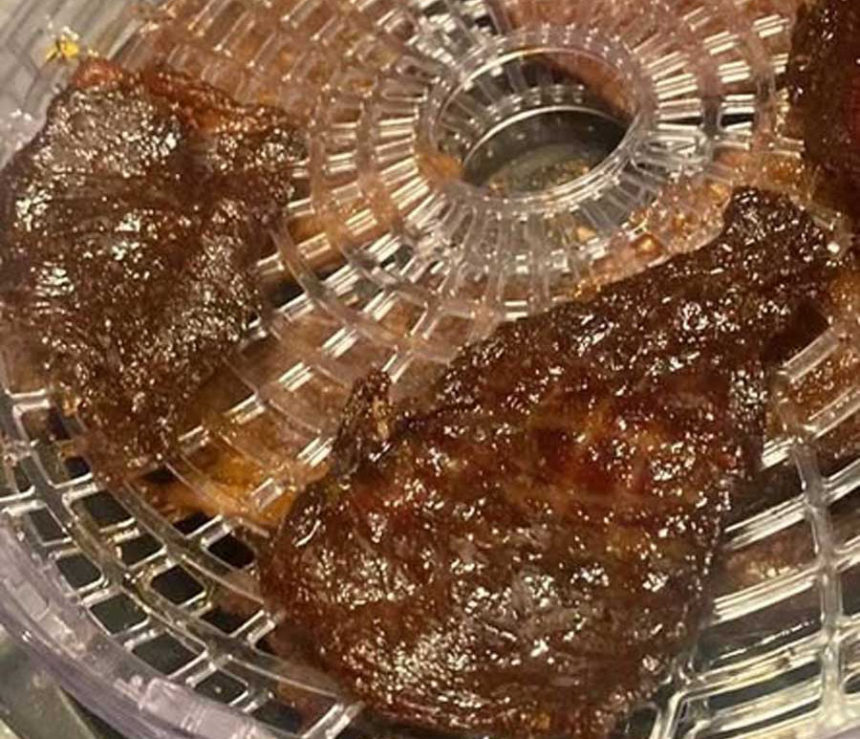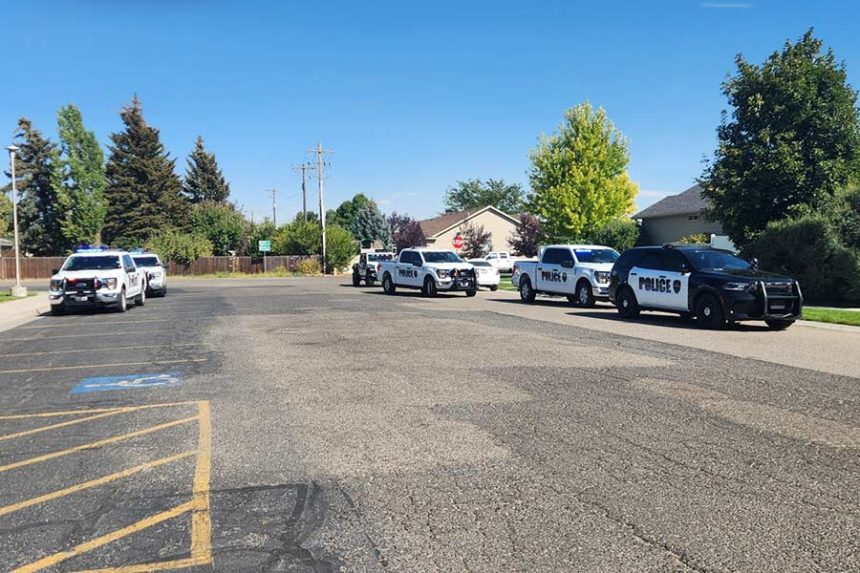The following is a news release and photo from the Idaho Department of Fish and Game.
IDAHO FALLS – If you’re an adventurous angler, or just willing to go beyond the beaten path to Idaho’s most famous fishing destinations, you can find a scenic and rewarding experience at mountain lakes.
Idaho has thousands of lakes, probably more than you could explore in a lifetime of summers, and Idaho Fish and Game has kept those lakes stocked for decades by a variety of methods, including aircraft, horseback, and backpack.
Information on lake stocking is no secret. You can find it in
Fish and Game’s Fishing Planner
.
Fish and Game releases hundreds of thousands of fingerling trout so they can grow to catchable sizes. Some lakes also have unique species, such as golden trout and grayling.
Choose your adventure
One misconception is that you have to climb a mountain to reach a mountain lake. It’s true that some are found in distant, hidden basins guarded by steep, rocky ridges where only a few hardy souls are willing to hike, but most don’t require that kind of commitment.
Many are readily accessible by hiking a mile or two on well-marked and maintained trails. You can also drive to some, and others are accessible via four-wheel-drive roads, or trails that allow you to ride a UTV, ATV, or motorcycle.
Check with land management agencies, such as Forest Service or Bureau of Land Management, to see what type of trails access certain lakes.
How to select a lake
If you’re looking at a map or satellite image, how do you know which lake to choose if they all look similar? Something to remember is all mountain lakes are not created equal. Typically, a lake in a valley or meadow with a stream running in or out of it and mixed depths can often be productive for fishing. Conversely, a deep lake in a rocky basin fed strictly by snowmelt can mean limited nutrients and slow fish growth.
A good strategy is to find an area with a cluster of lakes, so if one lake isn’t producing good fishing, another is nearby. Don’t assume that hiking farther will improve your odds of catching fish. Most mountain lakes don’t get intense fishing pressure, so a closer lake may have outstanding fishing for a lot less effort than a distant one.
If you’re planning your trip based on fish stocking reports, remember that most trout stocked in mountain lakes are fingerlings, and it can take three to four years for them to grow to catchable size. However, catchable-size trout are sometimes stocked in lakes that are road accessible, and some lakes have naturally reproducing populations as well as stocked fish.
Some mountain lakes may have brook trout, which can provide lots of fishing action, and they can be a lot of fun to catch for young or new anglers. There’s typically a 25-fish bag limit for brook trout because they’re so plentiful and prolific, but check the
Fishing Seasons and Rules booklet
for exceptions. While lots of brook trout and a generous bag limit may be enticing, they can also overpopulate mountain lakes, which means lots of fish, but nearly all of them are gonna be small.
Hot tips for mountain lake fishing
Mountain lakes typically don’t get a lot of fishing pressure and have a short growing season, so most standard trout bait, lures, and flies will usually work. Bring a small assortment of spoons and spinners, maybe a few different types of baits (or catch grasshoppers if available). For fly anglers, woolly buggers, small nymphs, and attractor flies are usually sufficient.
Remember that fish are not evenly distributed in a lake. Look for them in obvious places, including near inlets and outlets or where there’s structure, such as downed logs, lily pads, boulders, bluffs, etc.
Bring polarized sunglasses and find a high spot. Water in mountain lakes is usually clear, so you can often see trout cruising just beneath the surface if you watch carefully. Also look for rings from rising fish, which show they’re feeding on insects.
If feasible, bring a float tube or small raft, which will allow you to access more water and also catch trout offshore.
Like any waters, trout will go on and off the bite, so don’t give up if you don’t immediately catch something. However, if after a reasonable length of time you don’t get any bites or see any signs of fish, move to a different lake if that’s feasible.
Savor the experience
What makes mountain lakes special places is the opportunity to experience spectacular scenery, wildlife, and solitude. The reason for traveling to a mountain lake is to catch fish, but don’t get fixated on just that aspect of it.
Mountain lakes are found in some of Idaho’s most spectacular places, so enjoy the journey. After all, you could also catch a trout within a short drive of your home, possibly in a pond in the town or city where you live, but it won’t be the same experience you can have at a mountain lake.
